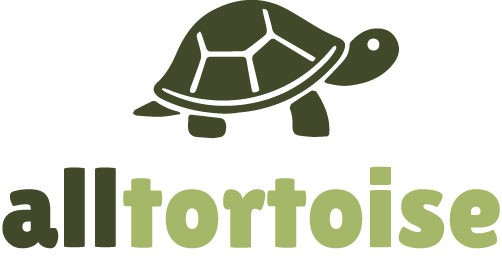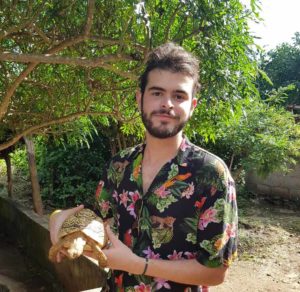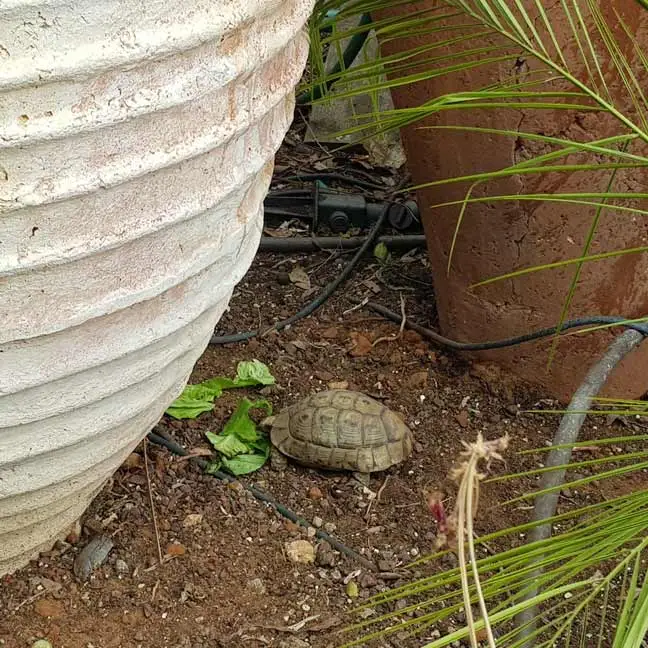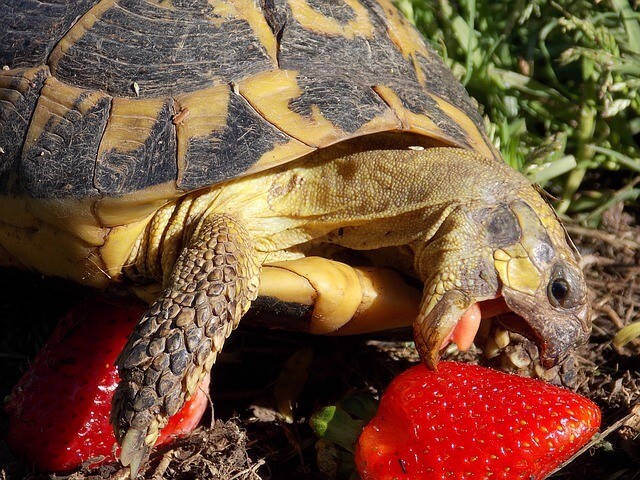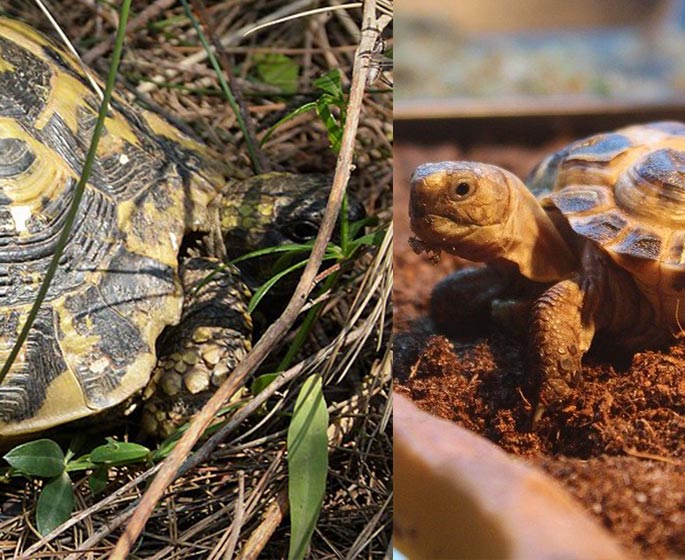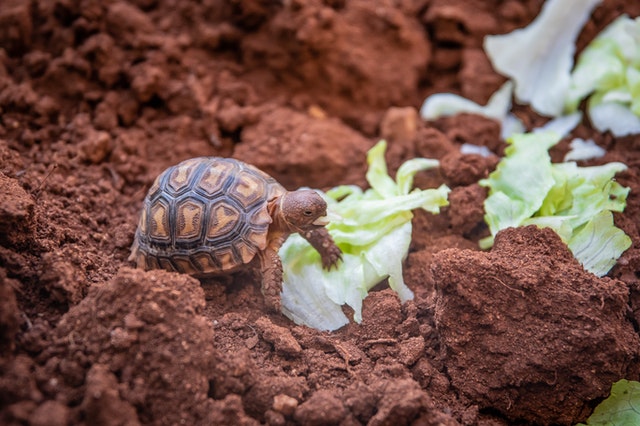In recent years, many people have become interested in keeping tortoises as pets because they are fascinating animals. However, due to their unique manner of life and habits, they need to be living in specific conditions. Since they are nocturnal animals, you cannot keep them in the same enclosure with other pets.
If you are looking to save some money, I have created a guide to help you build the perfect enclosure in less then $100.
It is also necessary to design a tortoise enclosure in a very special and original way so that it will be a comfortable place for your pet.
The Russian tortoise is a well-known species of tortoise that is native to Russia. Although they are highly prized pets, they are also quite difficult to keep and maintain. They are also known for their longevity, and once they reach maturity, they can live for more than 100 years. They are also known to be quite sensitive and can become aggressive under certain circumstances. But how to build the best Russian tortoise enclosure?
After all, turtles are one of the most popular pets in Russia, and every family is looking for a unique and interesting way to protect and care for them. An interesting way to do this is by building a tortoise enclosure from scratch.
The first thing to do is to make sure that the enclosure will be suitable for the species of tortoise. For example, it is not appropriate for a tortoise to live in an enclosure that is too small for it. Another thing to consider is the weather: it is important to consider whether the enclosure will be exposed to rain, wind, or heat because all these elements can negatively impact the turtles.
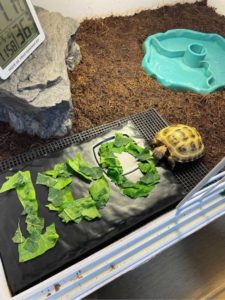
Tips On How To Build The Best Russian Tortoise Enclosure
If you’re in search of a tortoise enclosure you can use to house your Russian tortoise, you’ve come to the right place. With so many varieties of tortoises now available, it’ll be hard to find one that suits your lifestyle. But, if you’re looking for the best, we can help. Our blog has the best information on the Russian tortoise enclosure you can find, including everything from building materials to design ideas.
There are a lot of different ideas when it comes to the best way to house a tortoise in captivity. It is important that you make the right choice for your turtle in order to keep it healthy and happy. One of the most important steps when it comes to taking care of your tortoise is to select the right type of enclosure.
There are a large number of options, including aquariums, cages, terrariums, shipping boxes, and natural enclosures. You’ll have to decide which of these options is right for you and your tortoise, but once you have chosen, you will have to take the time to create a proper habitat.
Russian tortoise keepers and tortoise enthusiasts frequently ask for advice about the best way to house their tortoises indoors. The most popular and cost-effective way is providing a large outdoor enclosure, which can be a vivarium, outdoor shed, or outdoor pen.
However, outdoor enclosures can be too wet or too cold, and vivariums can be too small. After all, there are several hundred different species of tortoises, so it is impossible to give a universally applicable answer to every keeper’s question.
For indoor keepers
As we all know, tortoises require a large, relatively clean, and well-ventilated area to live in. An indoor enclosure is a good option for these animals, as it allows them to live in a secure and safe environment while still allowing them to get out and explore their surroundings.
In order for indoor tortoises to be happy, there are certain things you should do. To start with, make sure you have a place that can be heated. The temperature of the enclosure should be no less than 80 degrees F and no more than 100 degrees F.
It is also important to make sure the enclosure has a good amount of hiding places so that the tortoise can feel safe and secure. You should also make sure that the enclosure has a place for the tortoise to get in and out of, a place to climb and hide, and a water dish that the tortoise can drink from.
For outdoor keepers
As with any pet, the Russian tortoise comes with certain challenges that must be overcome if you want to keep your tortoise happy, healthy, and happy. An enclosure must provide a stable temperature, enough room, and enough light.
However, when constructing an enclosure, there is a small caveat that must be taken into consideration: the humidity levels. Without adequate humidity levels, the tortoise will not be able to adequately regulate its body temperature, leading to discomfort and even death. It is recommended that the external temperature of your tortoise’s enclosure be kept at a temperature of 70F or higher, as well as a humidity level of 30% or higher.
Russian tortoise owners have come to understand the importance of providing the Russian tortoise with an outdoor enclosure. This is because of the pupa and the adult stages of the tortoise. The adult stage of the tortoise is known as the “shedder.” Shedding is when the tortoise will take the shell off of its body and discard it.
This process can take up to 15 minutes. If the tortoise is kept inside the enclosure during this process, the shell will be carried outside, and if the weather is right, it will be eaten by predators or will stay outside. This process can happen multiple times a year.
For many people, the most important aspect of purchasing a Russian tortoise is finding a suitable home for them. This is no easy task since these animals have been known to escape from their enclosures. The most secure way to keep a Russian tortoise in order to prevent them from escaping is to keep them in their enclosure. When you purchase a Russian tortoise, you should always be sure to purchase a suitable enclosure for them.
Things to consider in creating the best
Cage accessories and landscaping
Your Russian tortoise is a beautiful creature that deserves the best possible fence and habitat. In order to keep him healthy and happy, you will need to make sure his surroundings are conducive to his needs. Placing your tortoise in an too small enclosure for him can lead to health problems and stress. Also, most tortoises will enjoy several features in their enclosure, so be sure to make use of the space around the cage. Use of bedding, decorations, and lighting is recommended.
The proper humidity
Besides the obvious, the key factor to consider in the choice of the ideal place for a Russian tortoise to live in the humidity. The correct amount of humidity is crucial for the health of the tortoise.
The Lighting
Tortoises generally hibernate in the winter and don’t go outside very often, but that doesn’t mean they must live in total darkness. A good rule of thumb is to give them 12 hours of bright light every day, which should be full-spectrum fluorescent lighting. The idea is that this will help them grow and maintain their shell.
Temperature
The temperature of the basking area of the Russian tortoise enclosure should be between 90 to 95 degrees Fahrenheit, and the gradients of temperature should be at least 10 degrees warmer in the basking area, with the low 70s at the opposite end of the enclosure. At night, the temperatures should drop into the 60s. Daytime and nighttime temperatures should be monitored with a thermometer. Try my temperate lamp guide.
When it comes to setting up a tortoise enclosure, it is important to consider several factors, not least of which is the size and shape of the enclosure itself.
A tortoise’s enclosure should contain at least a few inches of sand so that the animal can dig and dig and dig all day long. The area should be about 2.5 feet wide and about 6 feet long and should have multiple boxes at different heights in the enclosure. It is also important to include areas for the tortoise to hide, including a place to burrow into and a place to climb up a tree.
Conclusion
They’re cute, they’re friendly, they’re docile, but how do you properly care for these adorable reptiles? Russian tortoises are one of the largest tortoise species, and they can grow to huge sizes over their lives. But this isn’t just a matter of size; all tortoises are very special and unique.
Russian tortoises are a slow-growing species that are often seen as the “tortoise equivalent of a barnyard chicken.” The most commonly available species is a leucistic form called the Alpine tortoise.
Although these tortoises are often seen as a pet-like species, if kept in an enclosure that is too small, female tortoises can be crushed by the males. So, many of us have heard about the tortoise’s need for proper heating and the way to do it. It is a very good idea to have a heated enclosure for your tortoises. This will make them happy and easier to handle. You can make your own or buy one. That is up to you.
If you are looking to save some money, I have created a guide to help you build a perfect enclosure in less then $100.
